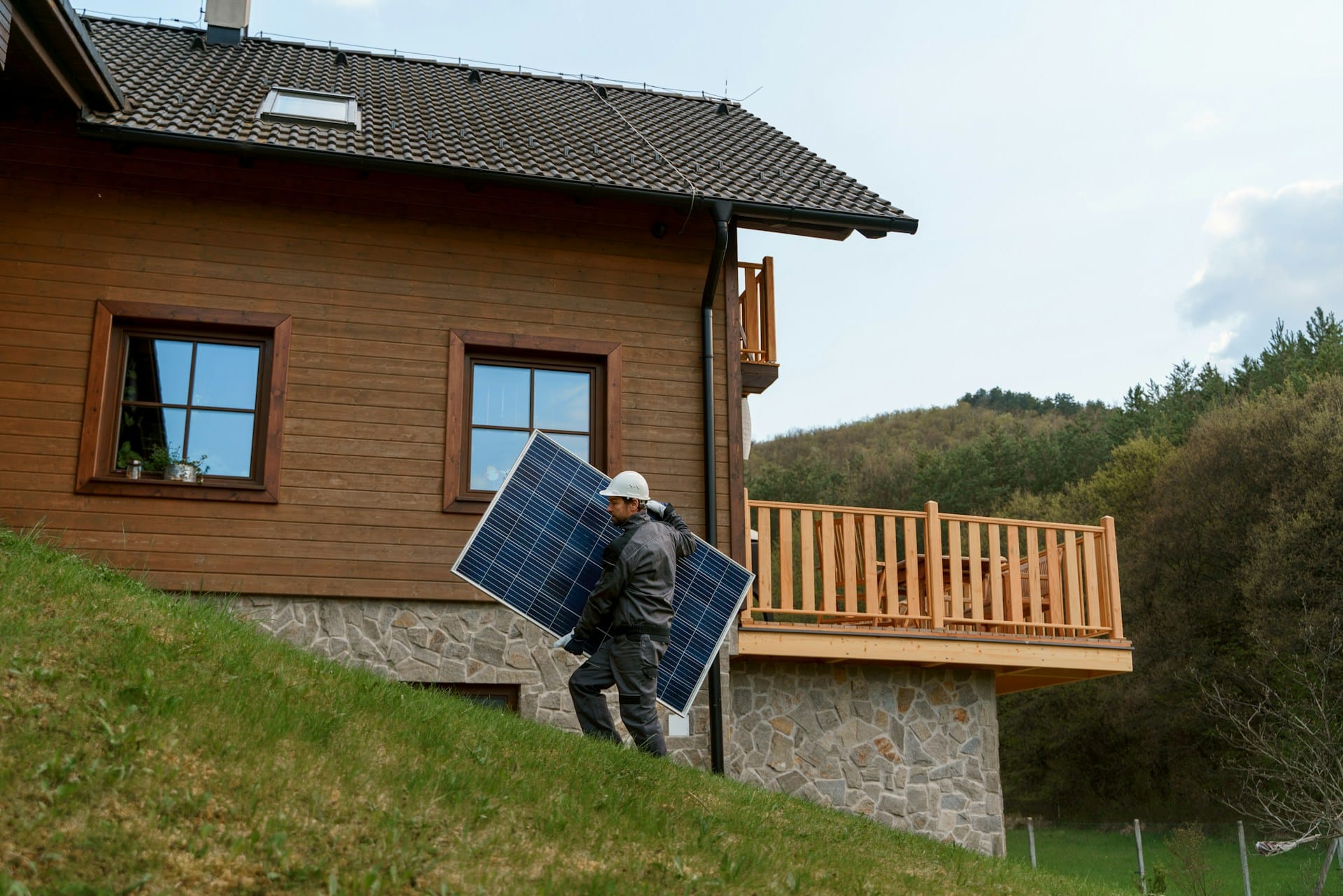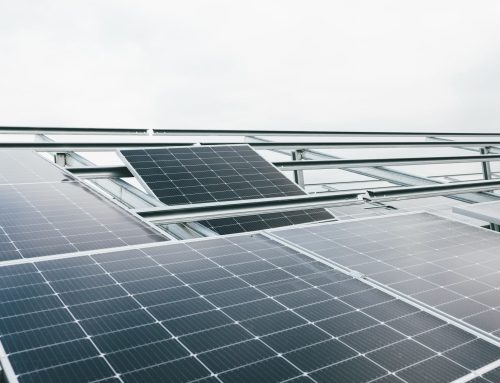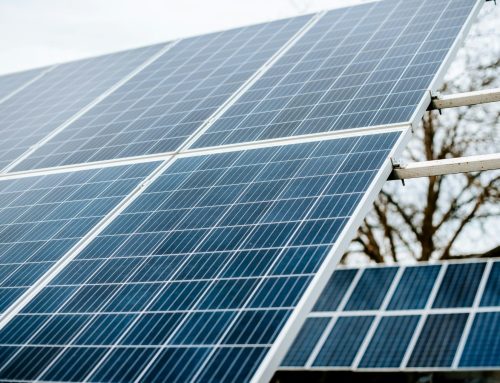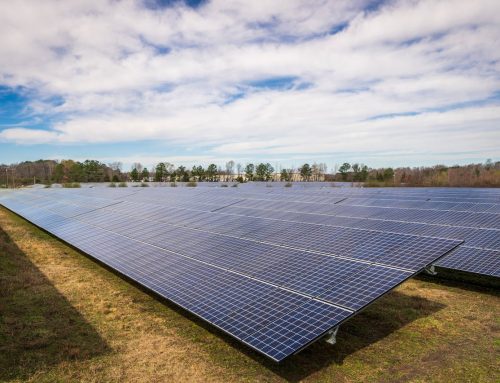If you’ve already gone solar or you’re looking into it, you probably know panels don’t just need to be installed and forgotten about. Like most major parts of a home, they need some attention to run at their best. Keeping your system working efficiently helps you get the most out of the sun’s energy and means less strain on the grid and your wallet. Over time, even small tweaks can lead to noticeable savings and better performance.
In Adelaide, where we get a good amount of sunlight throughout the year, it’s worth making sure your solar power setup is doing its job properly. Whether it’s the way your panels are placed or how clean they are, a few changes around the house can help make every bit of sunshine count. Here’s how to make the most of your system’s solar panel output, especially during these cooler winter months when days are shorter and every bit of power counts.
Assess Your Current System’s Performance
Before making any changes, take a good look at what your current system is doing. It’s hard to know what improvements to make if you don’t know how your system is performing in the first place. Checking your solar power output against your household’s energy use is one of the best places to start.
Here’s what you can do:
– Use your inverter display or monitoring app to see how much electricity your system generates each day
– Compare your system’s output during sunny and cloudy days to spot any unusual dips
– Check your electricity bill to see how much power you’re drawing from the grid versus what you’re producing and using
– Watch for any warning lights or error messages on your inverter, which could point to a bigger issue
Sometimes the numbers tell you everything looks fine, but your electricity bills are still higher than expected. That could mean your panels aren’t working as efficiently as they could be. This often happens gradually and might not be obvious right away without checking.
Think about when your system was first installed. If it’s been a few years and you haven’t looked over your output data since, now’s the time to go back over it. A quick check every few months can help you catch small issues before they turn into expensive ones.
Maintain And Clean Your Solar Panels
Even top-quality panels can lose performance if they’re covered in dirt, leaves or bird droppings. In Adelaide, dry spells mixed with occasional rain can leave a layer of grime that doesn’t always wash away on its own. Clean panels mean better sunlight absorption and better solar panel output.
Keeping your system running smoothly starts with routine care. Here’s a general cleaning approach most homeowners can use:
1. Pick a cool, cloudy morning to clean your panels so you don’t risk cracking them with cold water on hot glass
2. Use a soft brush or sponge with a long handle to gently remove dirt and dust. Avoid anything abrasive that might scratch the panels
3. Fill a bucket with clean water and a small amount of mild detergent. Avoid strong soaps or harsh chemicals
4. Rinse the panels down with a garden hose to remove any leftover soap and loose debris. Don’t use high-pressure washers, they can crack the surface
5. Let them air dry or use a soft squeegee if needed to remove excess water
In some cases, like multi-storey homes or hard-to-reach setups, it might be safer to leave cleaning to a professional. This is usually recommended if your roof is steep, you can’t access the panels safely, or if there’s wiring work involved. Regular cleaning a few times a year should be enough for most systems, but check your panels more often if you’re in an area with lots of dust, trees or birds.
A well-maintained system doesn’t just produce more energy, it also lasts longer. Think of it like cleaning your car’s windscreen – the clearer it is, the better your visibility. Dirty panels aren’t broken, but they’re not doing your system any favours either.
Upgrade Your System Components
Making the most of your solar setup sometimes means updating the equipment within your system. Newer components can offer improved efficiency and help you maximise your solar power output. Consider investing in more advanced inverters or exploring battery storage solutions.
Inverters, which convert the direct current (DC) generated by your panels into the alternating current (AC) used in your home, are key players in a solar power system. Over time, inverter technology has evolved, and upgrading could lead to better energy conversion rates. A more efficient inverter means more power for your home, especially during peak sunlight hours.
Adding battery storage can also make a big difference. It allows you to store excess solar energy produced during sunny days to use later when the sun isn’t shining. With a good storage setup, you’ll be less reliant on grid electricity during evenings or cloudy days. Look for high-capacity lithium batteries that offer long-term reliability and performance.
When choosing components, try the following guidelines:
– Research reputable brands that offer high-efficiency parts
– Ensure compatibility with your existing system to avoid performance bottlenecks
– Consider warranties and customer support for long-term peace of mind
Optimize Panel Placement and Orientation
The placement and orientation of your solar panels can greatly influence their performance. Proper alignment ensures your panels get as much sunlight as possible throughout the day. In Adelaide, panels ideally face north for optimal sun exposure.
Think about roof angle and tilt as well. Although your panels should be mounted securely, sometimes minor adjustments can improve output. If your roof has a steep pitch, or if your panels were installed flat, consult a professional to see if they could be repositioned for better efficiency.
Pay attention to seasonal changes too. While you don’t need to move your panels every season, be aware that sun position shifts over the year could affect sunlight capture. Trim any nearby trees or obstacles that may cast shadows during critical sunlight hours.
Determinants for best panel setup:
– North-facing direction maximises exposure
– Consider a tilt angle of around 30 degrees for year-round performance
– Clear away any potential shading obstacles regularly
Maximize Your Home Energy Efficiency
Optimising solar power isn’t just about enhancing panels or components. Increasing your home’s energy efficiency can significantly impact how much you save. By reducing the amount of power your home needs, you’ll put less demand on your solar setup.
Here are some simple steps to get started:
– Upgrade to LED lighting which uses less power and lasts longer
– Improve insulation to maintain temperature without overworking your HVAC system
– Use energy-efficient appliances to cut down on daily electricity usage
Even small changes can add up over time. If you’re making bigger upgrades, such as installing double-glazed windows or buying energy-rated appliances, you’ll find solar power goes further. An efficient home doesn’t just save electricity, it also offers a more comfortable living environment.
Boosting Your Solar Investment with Energy Buster
Remember, the goal of optimising your solar power output is to make sure you get the best return on your investment while supporting a sustainable lifestyle. The right combination of well-maintained equipment, strategic upgrades, and efficient home practices can help you take full advantage of Adelaide’s sunny climate. Making these changes means creating a more resilient home with more control over energy use.
Optimising your solar power system can make a real difference in your home’s efficiency and energy savings. If you’re ready to improve your solar panel output, Energy Buster offers tailored solar solutions built for South Australian conditions. Let us help you unlock more value from every ray of sun with expert advice and high-quality components.






